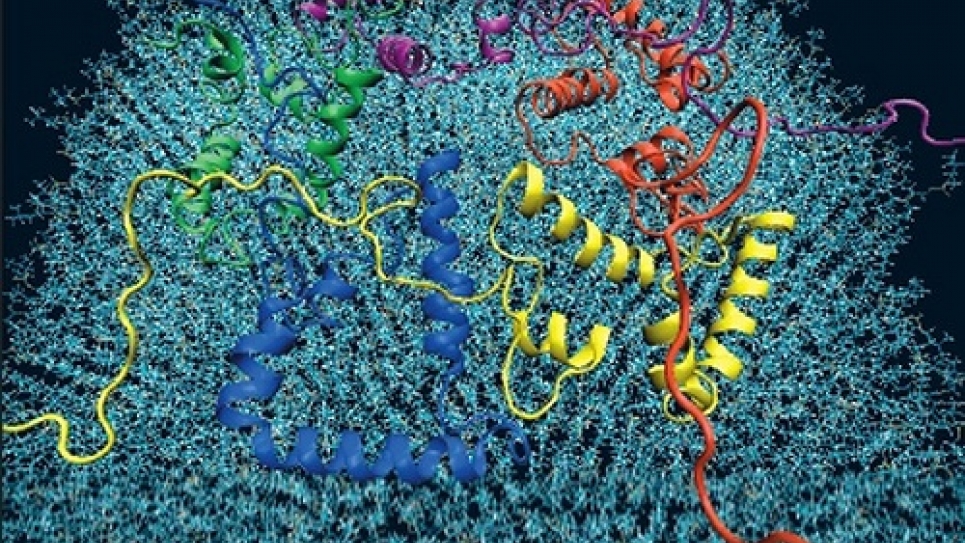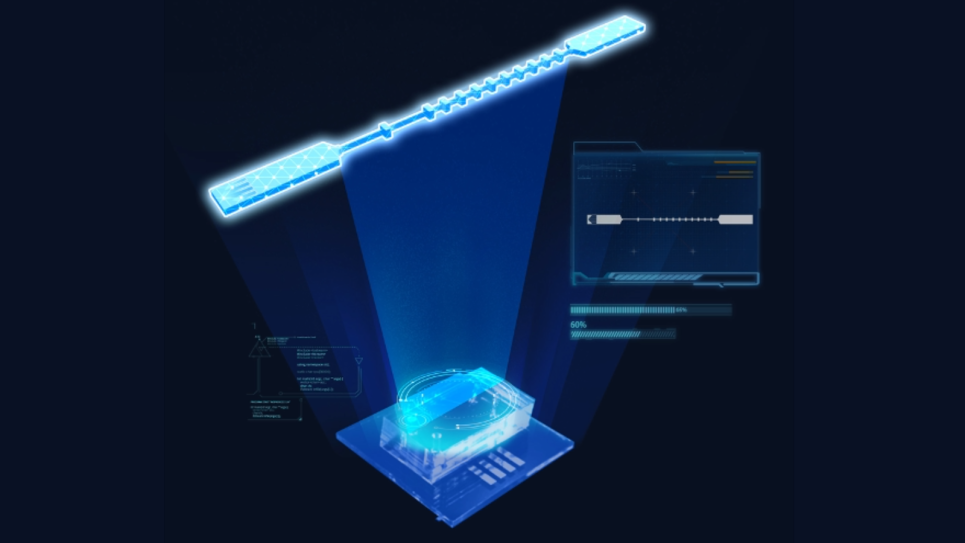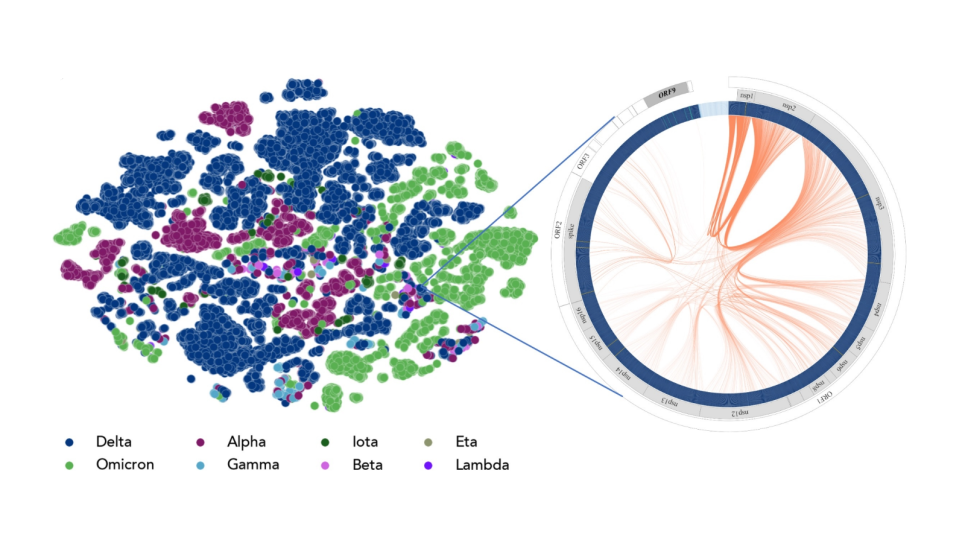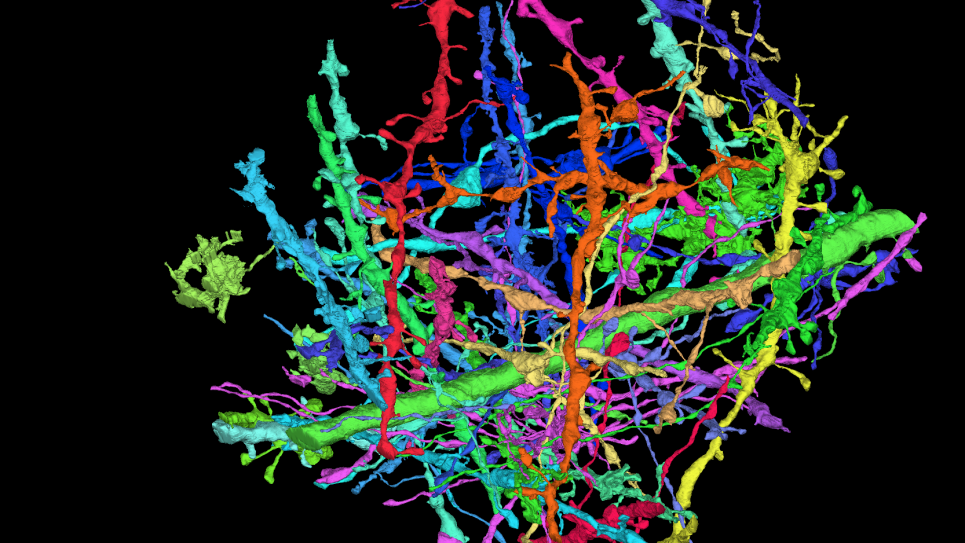
Modeling the Molecular Basis of Parkinson's Disease
As the second most common neurological disorder in adults, the personal and economic impacts of Parkinson’s disease are enormous. Every nine minutes, an individual is diagnosed with the disease. Currently, there are more than 2 million cases in the United States, with 60,000 new cases diagnosed each year. In economic terms, the disease exacts an annual cost of $25 billion on the U.S. economy alone.
Approach
Researchers are leveraging the power of the Blue Gene/P at the Argonne Leadership Computing Facility to learn more about the molecular basis of the disease and explore ways to treat it. Using molecular models and simulations together with biochemical and ultrastructural analysis, University of California—San Diego scientists have shown that the clumping of a protein known as alpha-synuclein (aS) in the brain can lead to harmful, porelike structures in human membranes. In contrast, another protein, beta-synuclein (bS), appeared to block the clumping action. Allocations from the U.S. Department of Energy INCITE program have made this approach possible.
Results/Accomplishments
The research is providing insights into the molecular mechanism for Parkinson’s disease progression and will have broad applicability to other diseases. The findings also provide a testbed for identifying possible therapeutic interventions through computational modeling. Given the encouraging correlation between the molecular dynamics modeling predictions and laboratory experimental results, the team expects to make steady progress with the computational model for Parkinson’s disease progression and design of effective drugs based on the computational modeling and simulations.
Future Efforts
The research team will focus on a more comprehensive investigation of alpha-synuclein penetration into the membrane, including a thorough study of pore creation. The scope of the team’s work has increased in both the number of simulations being conducted and the scale of the simulations.


